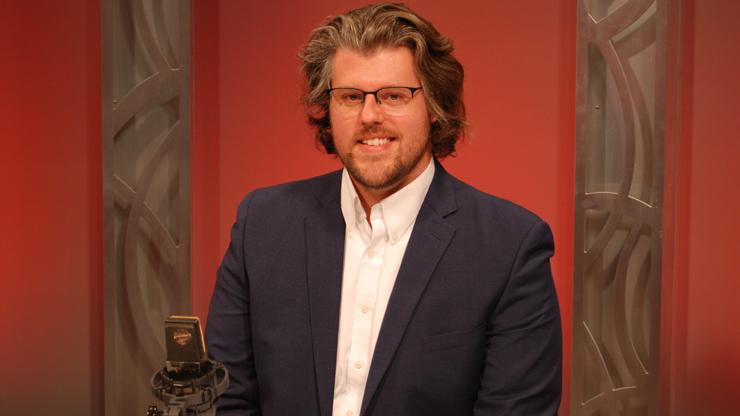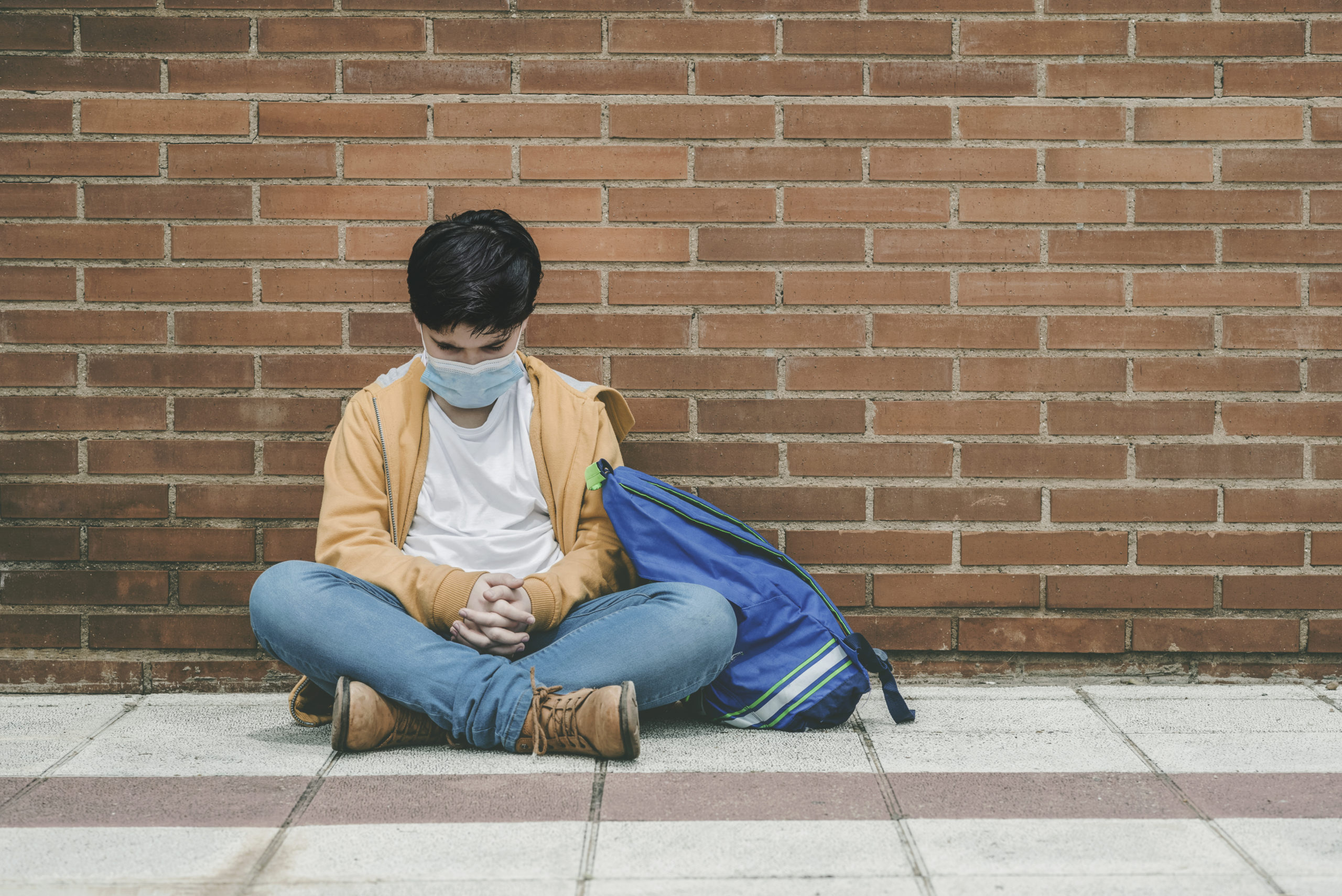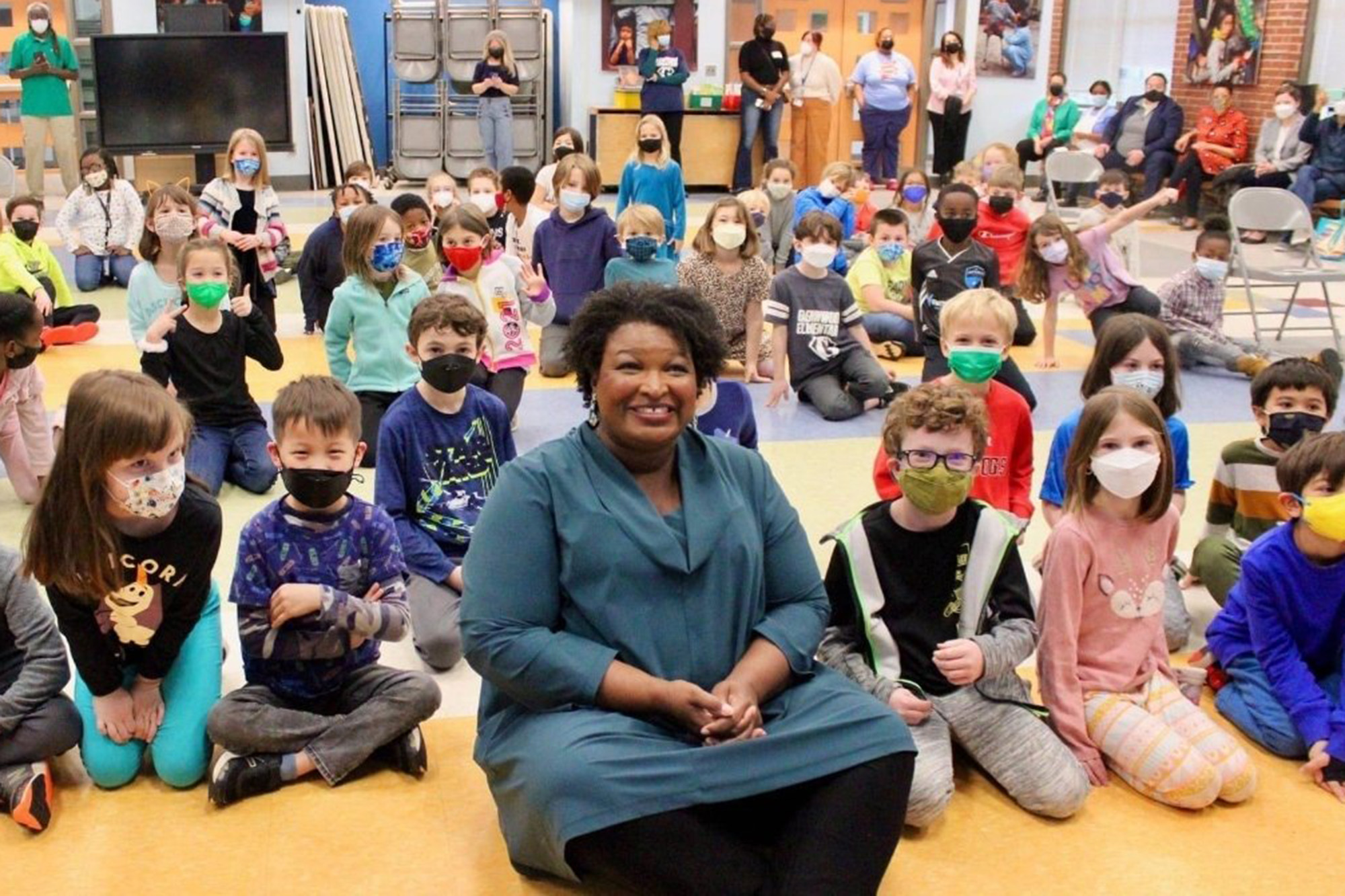North Carolina won’t be joining the growing number of states ending the mask mandates for public school students.
In a meeting Wednesday, Feb. 10, with county health officials statewide, the N.C. Department of Health and Human Services said the agency is updating the DHHS Strong Schools NC Public Health Toolkit k-12 to recommend “students and staff no longer be required to stay home from school following a COVID-19 exposure unless they have symptoms or test positive.” Prior to this change teachers and students were instructed to stay home from school for a possible COVID exposure, even if they had no sign of infection.
The update takes effect Feb. 21. It fails to address rising public concern over the continued mandatory masking of children in kindergarten through 12th grade. Guidelines in the DHHS toolkit advise that students in North Carolina public schools be required to wear masks up to 10 or 12 hours a day, every day if they also have after-school activities. At a minimum, the guidelines mean children as young as 5 are in masks for six or seven hours each day.

“Keeping kids in the classroom remains a top priority,” DHHS Secretary Kody H. Kinsley says in a press release announcing the update. “As we have done throughout the pandemic, we evaluate which tools are most effective to protect students and staff. This is the right approach for this point in the pandemic and includes flexibility for local schools and health departments to use data to make informed decisions and respond to local conditions.”
However, counties have argued the state health agency is too vague about whether the state toolkit rules are enforceable, and just how much real flexibility schools have. Earlier this school year, DHHS threatened to sue Union County for making masks optional.
Ahead of the meeting Thursday, N.C. House Speaker Tim Moore, R-Cleveland, sent a letter to Gov. Roy Cooper urging the governor to join the list of states which have eased mask mandates on school children.
“It is time to end the policies that have disrupted classrooms and hindered student achievement,” Moore wrote. “The science does not support these onerous restrictions that continue to harm our children. I urge Governor Cooper to repeal the guidelines that force healthy kids to stay home and effectively mandate masks in schools.”

This controversy follows a growing list of states deciding otherwise; that the negative impact on students is greater than the COVID risk to them and the community. Most recently, New York and Massachusetts announced Wednesday they will ease school mask requirements. Effective Feb. 28 in Massachusetts, masks become optional unless a local district decides otherwise. Starting in March in New York, New Jersey, Delaware and Connecticut, masks become optional for all students and teachers.
Gov. Steve Sisolak ended Nevada’s mask mandate on Thursday. California officials announced last week that mask mandates for vaccinated people indoors will end next week. Public health officials there say they’re also working to “update” to school masking mandates.
“Our kids have had to put up with a lot of disruption, a lot of time alone, and have suffered a real learning loss over the past two years,” said. Gov. Charlie Baker, R-Mass. “There’s no debating those points no matter where you stand.”
Baker and leaders of other states have cited declining infection and hospitalization rates, along with growing vaccination rates as the reason they’re easing restrictions and charting a path to normal. North Carolina is experiencing the same drops. Last week, daily reported cases fell by 43%, and COVID-related hospitalizations dropped by 18%. That follows the nationwide rates of 44% and 18%, respectively.
But Centers for Disease Control and Prevention Director Rochelle Walensky said in a White House briefing on Wednesday that it’s too soon to lift the school mask rules.
“We’re not there yet,” Walensky told reporters. “We continue to recommend masking in areas of high and substantial transmission. That’s much of the country right now, in public indoor settings.”
The Biden administration is sticking with Walensky and the CDC, saying that families should mask up even if their state makes them optional.
“Yes,” said White House Press Secretary Jen Psaki. “This is where we would advise any American to follow the CDC guidelines.”
Walensky also said Wednesday the CDC is focused on more than just hospitalization and death rates to measure COVID impact. The CDC is surveilling community wastewater to find early indicators of viral spread. They are also using genomic surveillance, by which CDC scientists track the virus and its mutations by studying patient specimens.
An increasing chorus of community and elected leaders point out that the CDC’s deep dives into the virus itself leaves out the critical impact restrictions have on other key health indicators, like the mental and economic health of a family and community forced to live under guidelines set by the scientists.

Twitter/@staceyabrams
Besides, following those guidelines seems to be hard even for those who tout them the most. Public officials who’ve preached the mask have faced embarrassing backlash after posing maskless for pictures at football games, hair salons, and even in schools. Georgia Democratic gubernatorial candidate Stacey Abrams faces criticism this week for posing maskless with a sea of masked elementary school kids on Tuesday night. She said she was so “excited” she forgot to mask up for a photo that appeared on her own gubernatorial campaign social media.
Abrams also said that Georgia should not end its mask mandate of public schools.
“Protecting our kids is the most important thing, and anything that can be perceived as undermining that is a mistake, and I apologize,” Abrams said in a mea culpa on cable news.
Protecting kids is the point actually, says Moore and other critics of instability in public education policy during COVID.
A number of families are choosing a different path to educate their children. In Wake County, which surrounds the state capital in Raleigh, more than 4,350 students enrolled in charter, private, or homeschool this year — well above the pre-COVID rate. A report presented to the Wake County school board this week from Carolina Demography revealed that, despite rapid growth in the county, 3,000 fewer students enrolled in a traditional public school last year than in the year before the pandemic, due in part to a 20% increase in the number of students enrolling in homeschool programs.
“Throughout the pandemic, it has been our young children who have paid the heaviest price for the governor’s endless state of emergency and ongoing mandates and restrictions.” Moore wrote in his letter to Cooper.
Closed schools and mandatory absences are cited by parents as the primary reason for pulling their children out of N.C. public schools at record rates.
“Many families have become more involved in the day-to-day education of their children during the COVID-19 pandemic, which may change their expectations of public education,” the report reads. “These changing expectations may lead families to choose nonpublic instruction in the future unless public instruction adapts to these new expectations of greater flexibility and individualized instruction.”